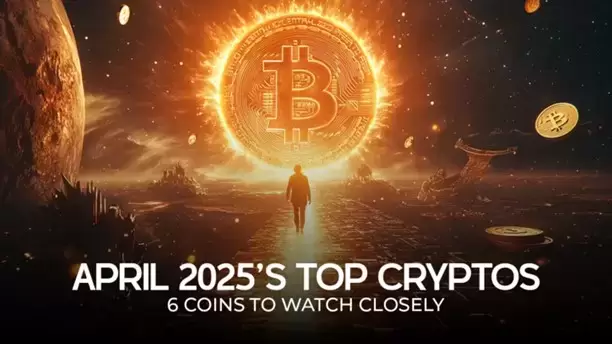 |
|
 |
|
 |
|
 |
|
 |
|
 |
|
 |
|
 |
|
 |
|
 |
|
 |
|
 |
|
 |
|
 |
|
 |
|
Cryptocurrency News Articles
OM Token Price Crashes 90% as Mantra Labs Inc. (MTRAX) Exploits Its Users
Apr 21, 2025 at 11:07 am
The usual suspects are to blame: Token concentration, zero governance transparency, sudden exchange flows, and forced liquidations during weekend ghost volume

Crypto markets barely had time to react before Mantra’s OM token cratered 90% in a few hours on Sunday, April 13. What started as another weekend selloff turned into a full-blown meltdown, and it keeps on going.
The chart from CoinMarketCap doesn’t show any sign of recovery, not even a slight uptick in price. If you think it couldn’t go any lower, think again, because in the last 24 hours, OM tanked 9.42%.
With this in mind, it is not a shocker that investor sentiment is pretty much nuked all the way to rock bottom.
The Usual Suspects
Bitget CEO Gracy Chen told Cointelegraph that OM’s collapse wasn’t just about the token itself, but rather a case study of everything still broken across the space. That includes Token concentration, zero governance transparency, sudden exchange flows, and, of course, forced liquidations during weekend ghost volume. Or in her own words:
"It's a perfect storm of everything we know and hate about crypto: A small group of founders held a huge percentage of tokens, there's no transparency in their decision-making, and the token price crashed rapidly due to huge sell orders that came in suddenly. It's a recipe for disaster, and it's unfolding exactly as we predicted."
Co-founder Jean-Patrick Mullin denied insider involvement, claiming team tokens were still locked and pointing the finger at forced exchange liquidations. "Our Telegram never closed, our team never sold," Mullin said, but the explanations haven't done much to calm nerves, especially with no public wallet proof and rising suspicions about how the sell-off really started.
And now, Mullin believes that burning all of his team's tokens is the answer to regain a bit of control and, potentially, investors' confidence. Most in the community, however, are not buying it, and calling Mantra another rug.
Just this time, it seems people are more … desensitised, I guess.
Disclaimer:info@kdj.com
The information provided is not trading advice. kdj.com does not assume any responsibility for any investments made based on the information provided in this article. Cryptocurrencies are highly volatile and it is highly recommended that you invest with caution after thorough research!
If you believe that the content used on this website infringes your copyright, please contact us immediately (info@kdj.com) and we will delete it promptly.
-

-

-

-

-

-

-

-

-

- token_unlock
- Apr 21, 2025 at 03:30 pm
- r 22nd




























































